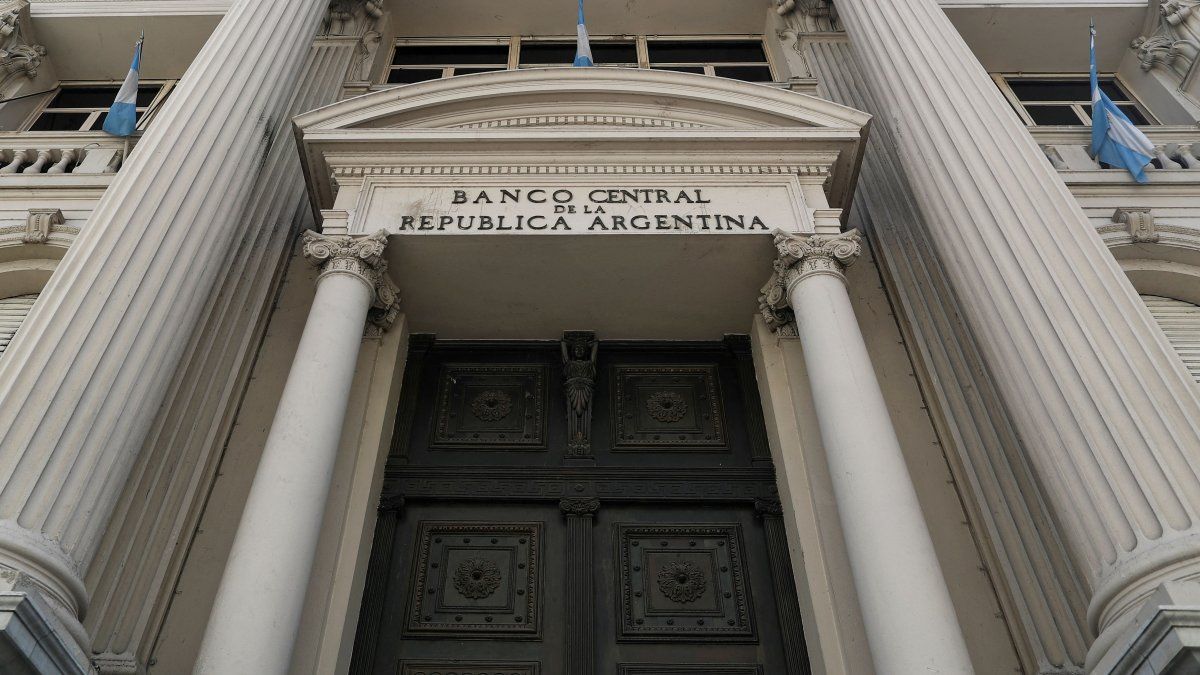The risk rating agency Moody’s warned in its latest report that Argentine banks will become more exposed to Treasury risk Once the Government completes the process of replacing the remunerated liabilities of the Central Bank (BCRA) with the Fiscal Liquidity Letters (LEFI).
Although the Government emphasizes that The use of Treasury financial instruments to regulate the amount of money in the market is what the main central banks do. of the world and the risk rating agency considers that The new securities that will be offered to financial institutions in exchange for the repurchase agreements have longer terms and low ratings.
“The new policy will make banks have a greater direct exposure to public debtwhich will increase liquidity risksince the terms of the LEFI will be longer than the current debt of the BCRA and the credit risk, given that The (credit) quality of these notes is limited by the weak sovereign rating of ‘Ca'”the rating agency explained.
The report considers that “banks They will be able to mitigate credit and liquidity risk by selling LEFI to the BCRA whenever”.
exposition-banks-debt.png
“The BCRA will set the interest rates that the LEFIs will pay, which will be key to determining how it will affect the banks’ profits,” Moody’s said.
The rating agency considered that “The change marks a substantial shift in Argentina’s monetary policy,” since, “over the last decade, Central Bank debt has been a key component of banks’ assets, particularly from 2022, in a context of tough monetary conditions in Argentina.”
“Consequently, the interest payments of the BCRA debt has contributed significantly to monetary expansion, variable that the Central Bank intends to reduce,” the study indicates.
It is noted that “the volume of Central debt denominated in Argentine pesos, which consists mainly of one-day repurchase agreements (repo operations) held by banks, fell 28% in nominal terms to $16 trillion at the end of June, from $22 trillion in November 2023, representing a 68% inflation-adjusted contraction.”
According to the report, in April, The total exposure of banks to sovereign debt and the BCRA represented 49% of its total assets and is estimated a drop to around 43% in June. However, it is noted that financial institutions now have a ““higher direct exposure to higher risk public debt”.
Evolution of exposure to public debt according to Moody’s
In June, the exhibition was around, according to Moody’s, 30% of the BCRA’s total assets, compared to 25% in April 2024 and 19% in November 2023. “The increase This is largely due to the banks’ investments in LECAP.which do not have any type of liquidity support,” the report states.
It should be remembered that Capitalizable Letters were the tool used until now by the Government to transfer the remunerated liabilities of the BCRA to the Treasury. And Moody’s considers that, “a As banks begin to invest in LEFI, the risks arising from the likely rise in direct exposure to the Government will be partially mitigated. through the Central Bank’s liquidity window.”
The monetary authority confirmed days ago that will suspend the operation of passive transfers from July 22 to clean up its balance sheet. From that date, the LEFI will begin to operate. The Government also has to negotiate with the banks a exit to the “puts”, the liquidity insurance that they have contracted in case an entity wants to sell Treasury bonds in its portfolio.
Some of the main features of LEFI are:
- The Financial institutions will be able to acquire them and sell all or part of their holdings to the monetary regulator, ensuring that the mechanism allows liquidity to be adjusted to the needs of the economy, the statement said.
- This New letter will have a maximum term of 1 year and may only be negotiated between financial institutions and the BCRA.
- The LEFI will be operated at its technical value and will not count towards the Non-Financial Public Sector Financing limit.
Source: Ambito




